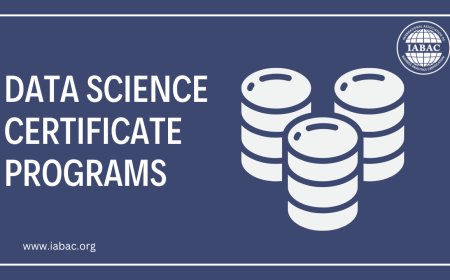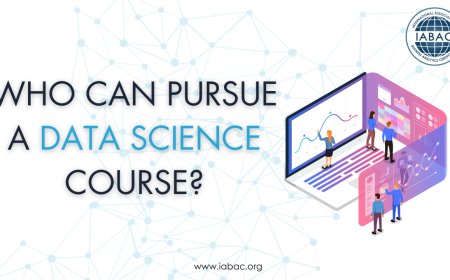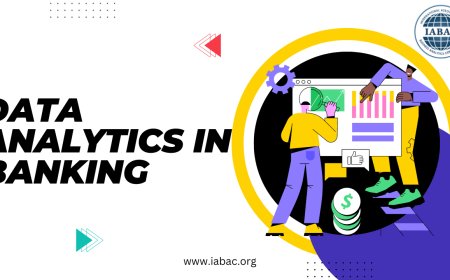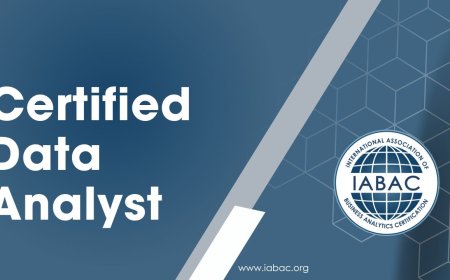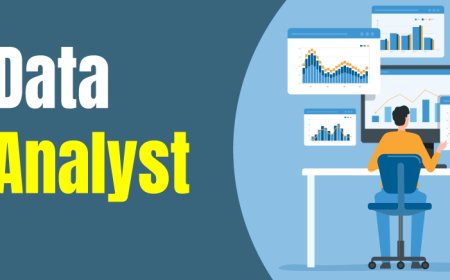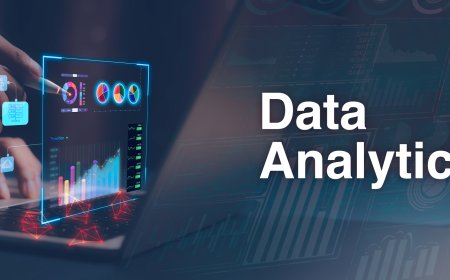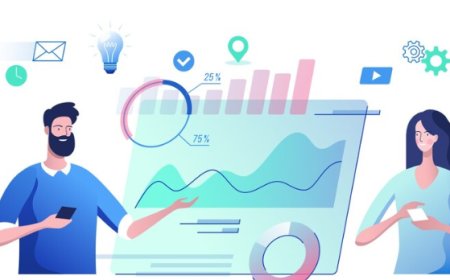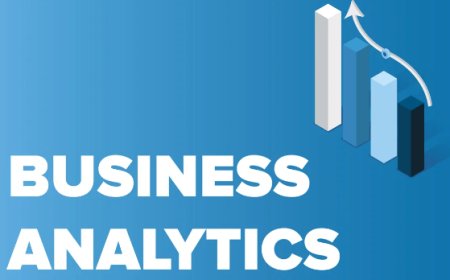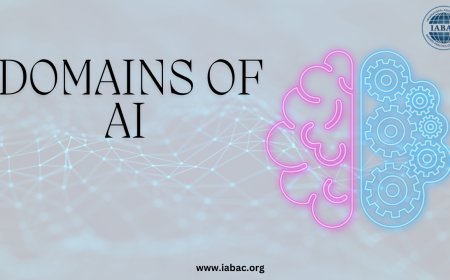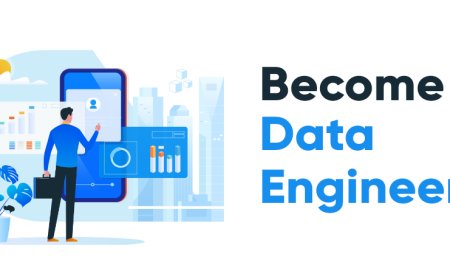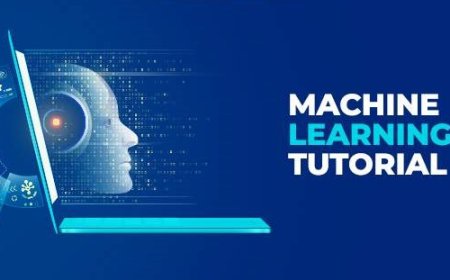The Pivotal Role of Banking in Business Analytics
Explore the pivotal role of banking in business analytics and unlock insights into data-driven decision-making. Discover how financial institutions leverage analytics for strategic growth and risk management.

In the role of business analytics, banking plays a pivotal role by providing crucial financial datasets imperative for exact insights. This cooperative relationship involves data aggregation, risk management, customer insights, fraud detection, and operational efficiency. Acting as protection of substantial datasets, banks become integral partners in shaping the transformative potential of data-driven decision-making.
Business, there's a special teamwork between banks and something called "business analytics." It's like a secret weapon that goes beyond just handling money. This teamwork is super important because it helps businesses not just survive but really understand what's happening and make smart decisions. we're going to explore why this partnership between banks and business analytics is so crucial. Get ready to discover how these two work together to make businesses smarter and stronger.
The Data-Driven EraData is produced at a rate never seen before. Businesses of all sizes are flooded with data that, with careful manipulation, may provide insightful knowledge. Banking institutions are at the center of this data flood because they safeguard financial transactions.
-
Understanding the Data-Driven Era: In simpler terms, the Data-Driven Era is about using information to make smarter choices. Picture your favorite recipe – it's like having the right ingredients in the right amounts to craft a delightful dish
-
Data's Pervasive Presence: From checking the weather on your morning app to picking a movie on a streaming service, data is omnipresent. Smart devices, social media, and online services collect information about our likes, habits, and actions. This data is then analyzed to provide customized suggestions, making our lives more convenient and enjoyable.
-
Business in the Data Age: In the business realm, data acts as a compass leading companies through the market. By examining customer preferences and market trends, businesses can customize their offerings to meet specific needs. This improves the entire customer experience in addition to helping the businesses.
-
Informed Decision-Making: In the Data-Driven Era, decisions are grounded in facts rather than intuition. Whether it's city planning or choosing the best route for your commute, data helps in making informed decisions. This leads to more efficient processes, cost savings, and better outcomes for everyone.
-
Challenges and Considerations: Despite the undeniable benefits, the Data-Driven Era comes with challenges. Privacy concerns, data security, and ethical considerations are at the forefront of discussions. Balancing the use of data for progress while safeguarding individual rights is a critical challenge in this era.
-
Empowering Individuals: It's not just big entities that benefit from data. As individuals, we can use data to track fitness goals, manage finances, and make informed lifestyle choices. The Data-Driven Era empowers us to take control of our lives and well-being.
-
Looking Ahead: With developments in artificial intelligence, machine learning, and data analytics, the Data-Driven Era is changing quickly. It's critical that we continue to learn, adjust to new technologies, and participate in conversations about the responsible use of data as we go forward.
The Challenge of Data Overload
While the Plenty of data presents opportunities, it also poses challenges. Managing and making sense of vast datasets require intelligent tools and methods. This is where business analytics comes into play, offering the means to sift through the data and extract meaningful patterns and trends.
How Does Banking Interface with Business Analytics?
The balance between banking and business analytics is a strategic partnership using the data prowess of banking institutions. Banks, acting as repositories of financial transactions, provide imperative raw data for analytics. This collaboration involves data Combination, risk management through projected modeling, refining customer insights for personalized services, and enhancing phoniness detection with machine learning. Operational efficiency is also a focal point, as analytics identifies and rectifies inefficiencies, ensuring cost savings. In essence, the interface between banking and business analytics forms a symbiotic relationship, enriching both domains' capabilities.
The Multifaceted Relationship
Data Aggregation and Cleansing: Banking institutions serve as data reservoirs, collecting information on transactions, customer behavior, and economic trends. Business analytics relies on this data for accurate analysis. Banks play a crucial role in aggregating and cleansing data, ensuring its quality and reliability.
As businesses engage in countless transactions, the sheer volume of data can be overwhelming. Banking institutions, with their centralized position in financial transactions, act as data reservoirs. They gather information on customer transactions, economic trends, and various financial activities. However, the raw data collected is often unstructured and voluminous, necessitating a meticulous process of aggregation and cleansing.
Business analytics depends on the accuracy and reliability of data. Banks play a pivotal role in ensuring that the data they provide is not only comprehensive but also trustworthy. Through data aggregation, disparate pieces of information are consolidated, creating a unified dataset. At the same time, data cleansing involves identifying and correcting mistakes, and ensuring that the insights derived from analytics are based on accurate information.
Risk Management: Risk assessment is inherent in banking operations. By utilizing analytics, banks can assess and mitigate risks more effectively. Predictive modeling and advanced analytics help in identifying potential risks, enabling proactive measures to be taken.
The integration of business analytics into risk management practices has transformed the way banks identify, assess, and mitigate risks. Traditional risk management approaches often rely on historical data and reactive strategies. With the advent of advanced analytics, banks can now adopt a more proactive stance.
Banks can forecast possible risks using historical patterns and real-time data thanks to forecast modeling, a crucial part of business analytics. This proactive strategy lessens the possibility of financial losses by enabling institutions to put preventive measures into place. Banking institutions can use business analytics to navigate the complex world of uncertainties by using a comprehensive toolkit to assess credit risk, market risk, and operational risk.
Customer Insights: Understanding customer behavior is vital for any business. Banks, through their interactions with customers, gather a wealth of information. Business analytics tools allow them to extract actionable insights, enabling personalized services and targeted marketing strategies.
In the age of customer-centricity, understanding and anticipating customer needs is paramount for the success of any business, including banking. Banks, as the primary touchpoints for financial transactions, have a unique vantage point to gather extensive information about customer behavior, preferences, and financial habits.
Business analytics transforms this raw customer data into actionable insights. By employing analytical tools, banks can recognize patterns in customer behavior, identify trends, and anticipate needs. For instance, analytics can help banks understand spending patterns, investment preferences, and life-stage events that may impact financial decisions.
Banks are able to predict future behavior by using analytics in customer insights, which goes beyond understanding present behavior. Banks can use machine learning algorithms to create predictive models that anticipate the needs and preferences of their customers. As a result, this facilitates the provision of tailored services and targeted marketing tactics, which in turn improves customer satisfaction and loyalty.
Fraud Detection: Banks have made fraud detection an essential part of their operations due to the rise in cyber threats. Business analytics can greatly enhance fraud detection capabilities by employing machine learning algorithms. Banks are able to effectively safeguard financial transactions through the real-time analysis of patterns and anomalies.
The convenience brought about by the digitization of financial transactions has been unparalleled, but it has also led to new challenges, such as cyber threats and fraudulent activities. As a result, detecting fraud has become a crucial aspect of banking operations, and business analytics is leading the way in strengthening defenses against these threats. Traditional methods of fraud detection often relied on rule-based systems that would trigger alerts for transactions that met pre-established criteria. However, these methods are not adaptable enough in adapting to evolving fraud patterns. In contrast, business analytics, powered by machine learning algorithms, provides a dynamic and adaptable approach to detecting fraud.
Real-time machine learning algorithms scan huge data sets for patterns and anomalies that might point to fraud. These algorithms have the ability to learn and adapt over time, keeping up with increasingly complex fraud techniques. The capacity to identify irregularities not only improves the precision of fraud identification but also reduces false positives, guaranteeing clients a smooth and safe banking experience.
Operational Efficiency: There are many different operations and transactions that makeup banking processes. Business analytics makes these processes more efficient by identifying inefficiencies and optimizing workflows. As a result, expenses are reduced and overall operational effectiveness is increased. The effectiveness of banking operations has a direct bearing on how profitable they ultimately are. To stay ahead of the competition in a world where regulations, customer expectations, and market dynamics are always changing, operational effectiveness is essential. Business analytics is a driving force behind improving operational efficiency in a number of banking-related areas.
One key area where business analytics contributes to operational efficiency is process optimization. By analyzing end-to-end processes, banks can identify bottlenecks, redundancies, and areas prone to errors. This understanding allows for targeted interventions to streamline workflows, reduce processing times, and enhance overall efficiency. Additionally, analytics enables banks to adopt a data-driven approach to decision-making in operational matters. Whether it's resource allocation, capacity planning, or supply chain management, analytics provides valuable insights that inform strategic decisions. The result is a more agile and responsive banking infrastructure that can adapt to changing market conditions and customer expectations.
Cost savings are another significant outcome of improved operational efficiency. By identifying and rectifying inefficiencies, banks can reduce operational costs without compromising on service quality. This cost-effectiveness is especially critical in an industry where profit margins are often tightly regulated, and the ability to optimize operations directly contributes to the sustainability and growth of banking institutions.
In the nexus of finance and technology, the collaboration between banking and business analytics is reshaping the landscape of financial services. From data aggregation to risk management, customer insights, fraud detection, and operational efficiency, the multifaceted relationship between banking and business analytics is unlocking unprecedented possibilities for innovation and growth. As we navigate the complexities of the data



